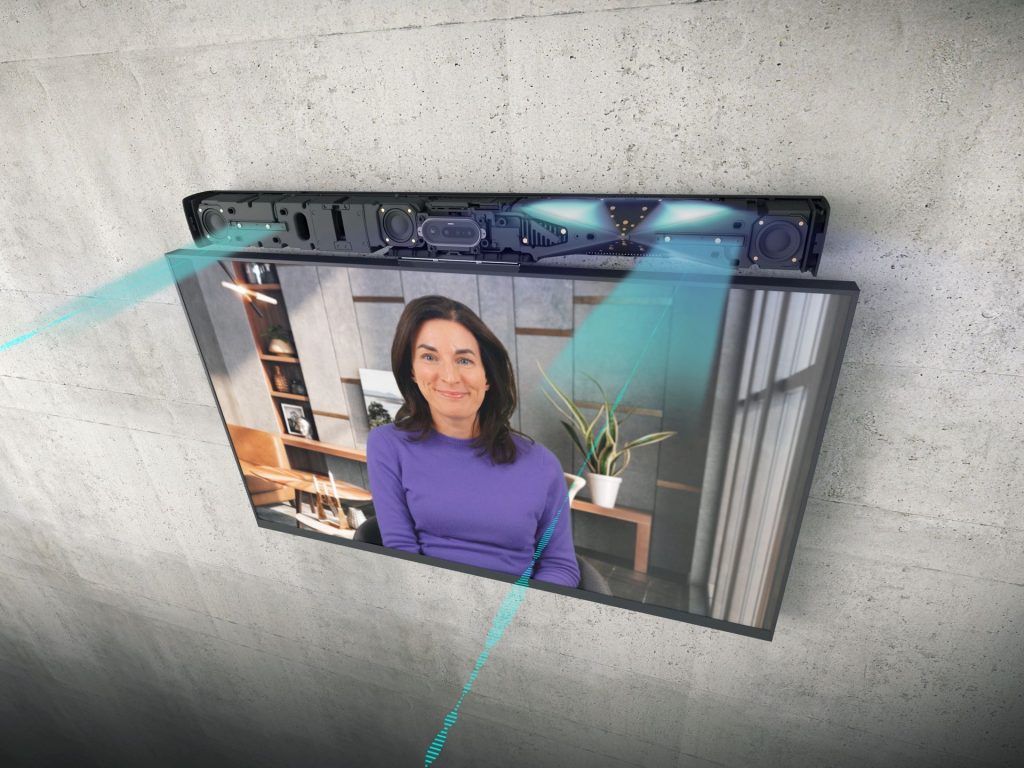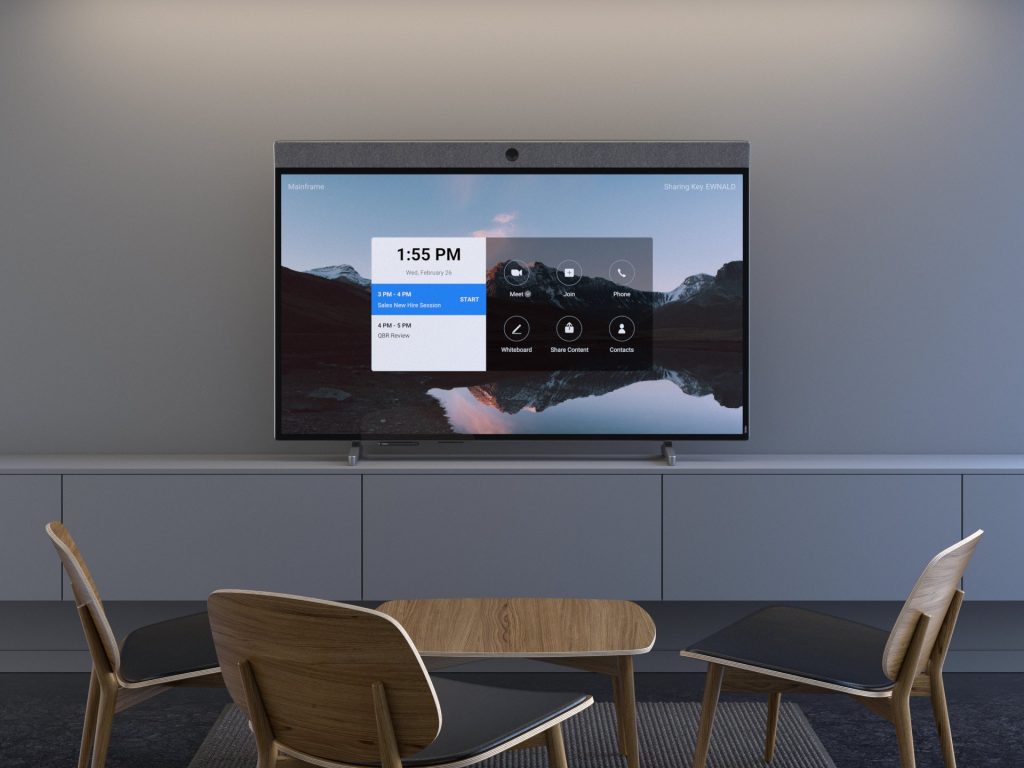Sound Advice from Neat
How to get the best audio experience from your Neat meeting space.
Øystein Birkenes, September 21, 2021

Our vision for the audio quality in Neat devices is simple.
As a Neat video system user, you should clearly and easily hear what people on video are saying.
You should also be confident that they can understand you equally well.
The Neat way of approaching audio
Our approach to ensuring we achieve superb audio is as follows.
First, we design reliable hardware by selecting high-quality components such as loudspeakers and microphones before carefully integrating them into our devices.
Second, we design our software audio processing with a “less is more” mindset. We only do what is necessary, abstaining from excessive audio processing that makes people’s speech sound less clear or natural.
Neat’s algorithms are different from anyone else’s in our industry. Rather than implement conventional signal processing algorithms that have been the status quo for decades, we base ours on elegant machine learning algorithms. Algorithms that weren’t possible to implement just a few years ago, due to limited hardware resources, but which we can now use thanks to our powerful Neat hardware.
Designing your room for optimal audio quality

At Neat, we obsess over “no clutter.” Right from the start, our purpose has always been to make everything inherently neat, including our hardware and software, which together provide people with the best possible audio quality for their video meetings.
However, besides Neat’s hardware and software, a third factor also influences audio quality. Namely, the room environment. Ideally, the microphones in a Neat device should only pick up a clear vocal signal. But that’s never the case in a regular meeting room environment because there will always be noise and what is known as reverberation.
A general rule for the best possible audio quality is to keep noise and reverberation at a minimum by following some simple guidelines as specified here:
- When installing your Neat device, try to maximize the distance between the device and noise sources. A typical noise source is a fan or an HVAC system, but it could also be a coffee machine, or other people that are not part of your video meeting.
- Try to minimize reverberation, which is the persistence of sound after the sound is produced. High reverberation is typically caused by large surfaces of acoustically reflecting material such as glass, concrete, steel or polished wood. Therefore, try to avoid such hard surfaces in your room, or cover them with curtains, a carpet, acoustic panels or other objects that help to reduce the effect of acoustic reflections.
- Get close to the microphone. Install your Neat device in a way that people are as near as practically possible to the device.
Note: Do not install sound masking or white noise speakers in meeting rooms. These devices are designed to reduce the frequencies of the human voice which will negatively impact microphone performance.
